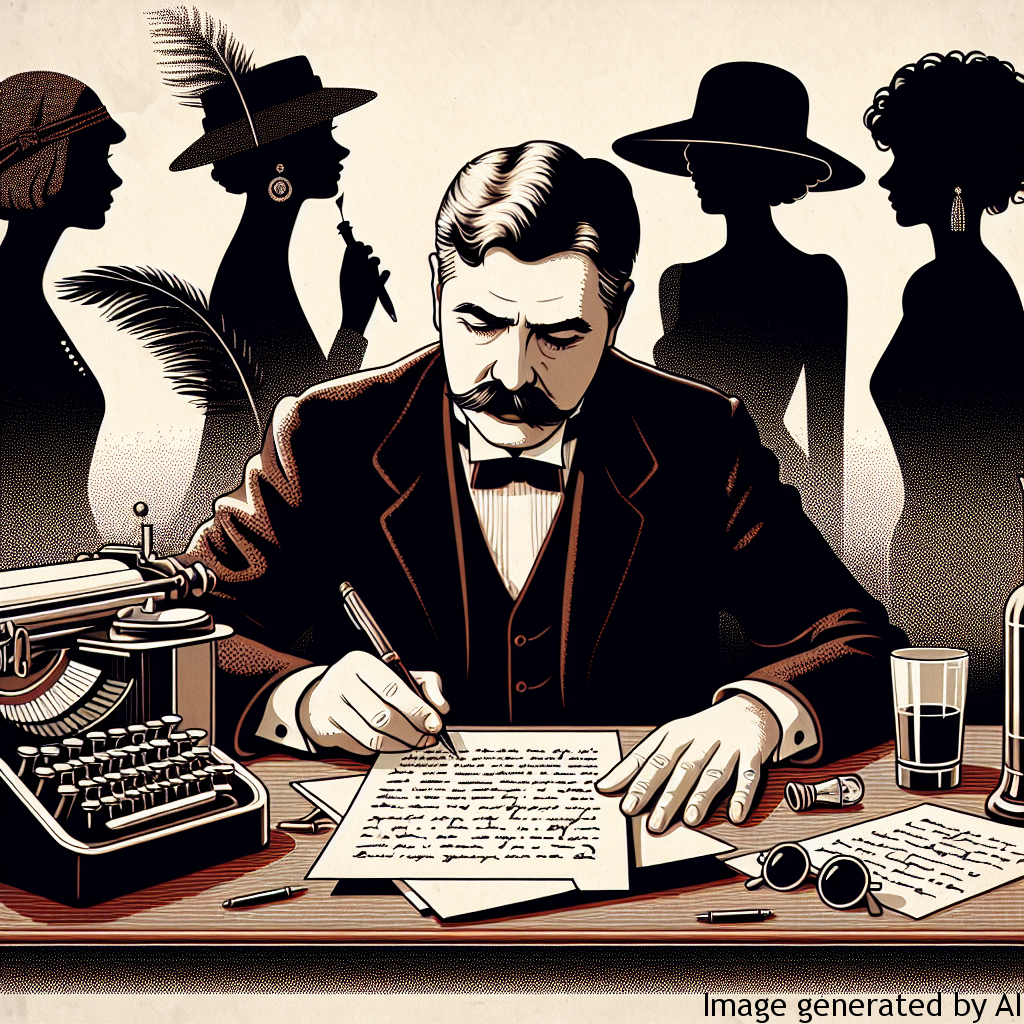Introduction
Ernest Hemingway, an emblematic figure of the 20th-century literature, was known for his adventurous lifestyle, succinct writing style, and tumultuous relationships. Married four times, each of his wives significantly impacted Hemingway’s life and work. This article aims to explore the influence of Hemingway’s gender expectations on his mental health and life, and how his experiences can shed light on broader issues of gender roles and men’s psychological health.
Gender Expectations and Their Impact on Men’s Mental Health
Hemingway’s life and work were deeply colored by societal gender expectations of his time. Known for his machismo, his stories often featured themes of masculinity and courage.
The Hemingway Hero
The “Hemingway Hero” — a recurring trope in Hemingway’s literature — is a man who exhibits grace under pressure, indifference to physical pain, and emotional stoicism. This concept is likely derived from Hemingway’s personal understanding of manhood and societal gender expectations. However, Hemingway’s adherence to this rigid construct of masculinity arguably took a toll on his mental health, possibly contributing to the alcoholism, depression, and eventual suicide that marked his later years.
Examples of How Gender Roles Can Influence Men’s Life
Hemingway’s relationships with his wives, each unique in their dynamic, further showcase the challenges and pressures of gender roles. Hadley Richardson, his first wife, was supportive of his work and provided the emotional stability that Hemingway seemed to crave, reflecting society’s expectation of women as caregivers. His second wife, Pauline Pfeiffer, was a successful fashion journalist who supported Hemingway financially, challenging traditional gender roles. In contrast, Martha Gellhorn and Mary Welsh, his third and fourth wives, respectively, were both accomplished journalists who pursued their careers passionately, which often clashed with Hemingway’s own ambition and need for attention, underscoring the tensions inherent in evolving gender expectations.
Advice for Improving Psychological Health Considering Gender Roles
Looking at Hemingway’s life, the detrimental effects of rigid and stereotypical gender roles become evident. It is crucial for both society and individuals to recognize that masculinity is not a monolith, and that vulnerability and emotional expressiveness should not be seen as weaknesses.
Encouragement of open conversations around mental health, the breaking down of harmful stereotypes, and promotion of emotional expressiveness are all key steps towards creating an environment where men’s psychological health can thrive. Professional help in the form of therapy or counselling should also be encouraged, viewed not as a sign of weakness, but a channel for understanding and improving one’s mental health.
Conclusion
Ernest Hemingway, as influential and complex, provides a unique lens to view the intersection between gender expectations and mental health. The lives of Hemingway and his wives show that societal gender roles and expectations can have profound effects on personal relationships and mental health.
It is imperative, therefore, to destigmatize mental health discussions among men and foster environments that encourage emotional expression. By understanding and challenging these restrictive norms, we can ultimately improve psychological health for individuals and society at large.

